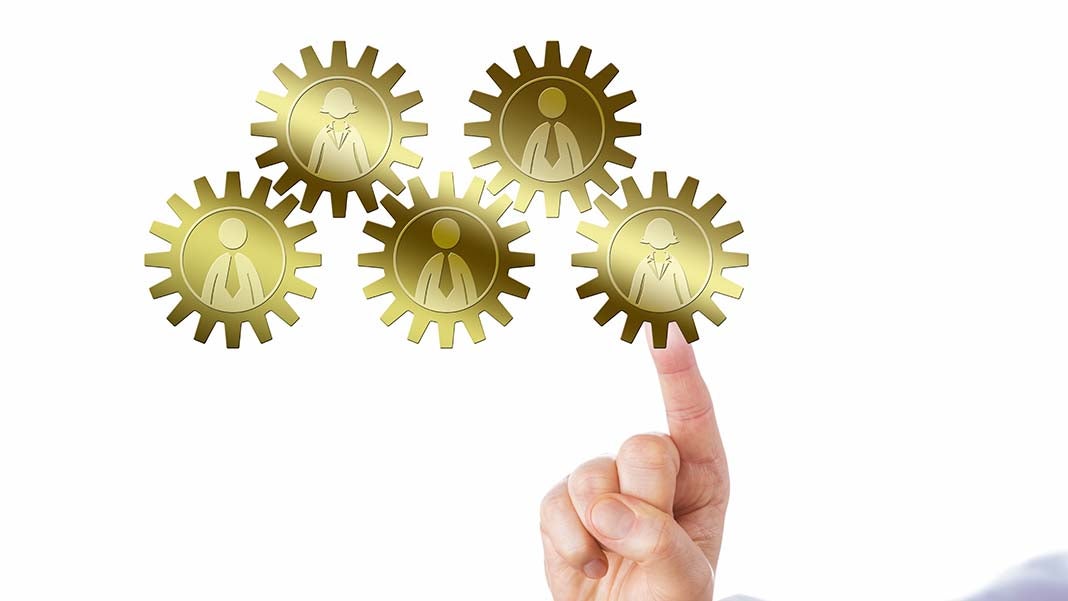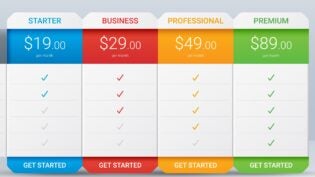
It seems to be fashionable to talk about creating “frictionless buying experiences?” I suppose the concept draws readers, perhaps it’s an extreme expression of removing barriers to the customer buying process.
But does the concept make sense? Is it what customers want? And if we looked at the concept of “friction in the buying process, what is the greatest source of friction?
Long time readers will recognize when I ponder questions like this, sometimes I revert back to my background in physics.
If I look at an object in motion in a frictionless environment, they become impossible to stop. It is impossible to change direction. For an object not in motion, in a frictionless environment, we could never get them moving.
As we start to look at the consequences of this in the real world, virtually everything we do to make things work require friction. Cars, planes, trains transporting us require friction to get us from one place to another. Our swipes right or left on Tinder would not work, but for friction. It’s difficult to conceive of getting things done in the physical world without friction.
Friction is simply the result of object interacting with each other.
Too much friction requires more energy to get things done. But the opposite is also true, in a frictionless or low friction environment, we can expend a huge amount of energy and not move. Just think of sitting in your car on a frozen lake and flooring the accelerator. A lot of energy will be wasted as your wheels just spin.
So in the world of physical objects friction is terribly useful. Too much friction and we have to exert too much energy, too little friction and we can’t move or change—even though we may expend a lot of energy trying to do so.
Now let’s look at friction a little more figuratively, how do we develop new ideas, how do we innovate, how do we change without some form of friction?
I suppose there is some innovation that comes from people sitting in a dark room contemplating their navels, but even for them, to communicate their ideas, they have to write them down or type them into a keyboard which, at least technically involves friction.
But innovation, creativity, developing new ideas are seldom developed in isolation, they are actually developed through interactions we have with each other. It’s the different ideas, different belief systems, differing values, different approaches that drive us to learn, debate, create.
In the absence of this friction, we might never move forward if we aren’t moving, or we might never change what we are doing without someone giving us new ideas and helping us recognize the need to change.
Even the figurative concept of friction is very important in any progress, growth, change we want to make individually or organizationally.
Again, in this figurative concept of friction, it is what happen when we interact with each other.
Perhaps there are those that would argue they want a frictionless environment. In reality, their argument is they don’t want to change. They want to stay motionless or keep doing what they are currently doing. They aren’t our prospect or customers.
There are those that get tired of the amount of energy they have to invest or waste to buy or change. They want to reduce the amount of friction. They don’t want to eliminate friction, but they want to make it more manageable.
At this point, it makes sense to think, what’s the biggest source of friction in the buying process?
Guess what, it’s not sales people—even bad sales people.
The greatest source of friction in the buying process is the friction generated within the buying group itself. Look at the data on no decision made. Look at the data around where buying processes “blow up,” it’s long before that magical 57% number (I’m sorry, but that is so misunderstood–but that’s another post). There an abundance of data about buying or the failure rate of internal projects that point to the greatest source of friction—it’s within the buying group itself.
So if we wanted to reduce the friction, if we wanted to help the customer move forward but reducing the “energy expended,” the greatest value we can create is reducing the friction within the customer buying group.
Great sales people recognize this, helping the customer align their agenda and priorities and helping them focus on the most critical issues in buying.
Yes, sales people create friction, we make it more difficult for customers to buy. Bad sales people create a lot of friction. Fortunately, customers are pretty astute in recognizing this and are effective in eliminating that source of friction that wastes their time (uses too much energy).
Even the best of organizations create too much friction—we impose our complexity on the customer, making it difficult for them to buy. For example, endless handoffs, SDR to BDR to AE to Demo Specialist back to AE to Order Entry to Customer success. We do this to reduce friction for ourselves, but we increase the friction for the customer.
Or it may just be our internal complexity which we inflict on the customer.
These are sources of friction that require both our customers and us to expend more energy than we should. So we want to continually identify those areas where we are creating too much friction, reducing or eliminating them.
There are some that argue that the web creates the frictionless environment–seeing more and more customers completing more of their buying process through web research. There’s a lot of good data about the percent of the time they invest in web research, internal meetings, meetings with sales people, and other research. The web is very powerful–it’s one of those things that reduces friction, but doesn’t eliminate it. Consciously or unconsciously, customer seek the friction that great sales people bring in helping them understand what it takes to be successful, challenging their thinking, facilitating their buying process.
I think smart customers will continue to appreciate and demand the friction great sales people create. After all, it’s that friction that drives change and where would any of us be without that?












